Estimated Reading Time: 8 minutes
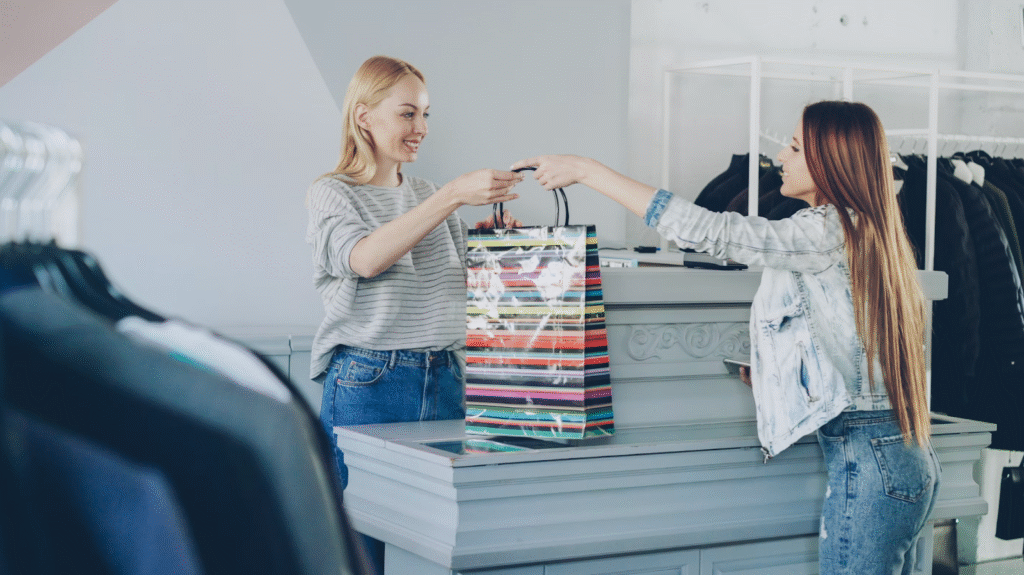
Every retailer is asking the same question:
“Should I jump on the omnichannel loyalty bandwagon?”
Your competitor just launched one.
Your customers are shopping everywhere – online, in-store, on mobile. And every expert is telling you it’s the future.
But here’s what they’re not telling you:
Most retailers have no idea if their omnichannel loyalty programs actually work or just look good on paper.
In this article, we’ll look at real data and give you a simple framework to decide if omnichannel loyalty is right for your business.
- What Omnichannel Loyalty Really Means in Retail
- The Real Value of Omnichannel Loyalty
- Who's Getting It Right (and Who Missed the Mark)
- A Case That Missed the Mark
- When Does an Omnichannel Loyalty Strategy Work?
- Best Practices for Building Your Omnichannel Strategy
- Omnichannel Loyalty Program FAQs: What Businesses Ask Most
- Conclusion
What Omnichannel Loyalty Really Means in Retail
It’s not just another trend; it’s about delivering a seamless experience to customers everywhere they shop.
Omnichannel loyalty isn’t just a fancy term. It’s a system that connects all customer touchpoints, both in-store and online, via mobile apps and social media, into one seamless experience.
The big difference?
Multichannel loyalty runs each channel separately, while omnichannel ties them together so customers feel like it’s all one brand.
For retailers, this requires a few essentials:
- Synced customer data across systems
- POS (Point-of-Sale) integration to track in-store activity
- Consistent customer identity so rewards and experiences feel seamless
When these elements work together, customers enjoy one unified journey, and that’s what drives true loyalty.
The Real Value of Omnichannel Loyalty
Omnichannel loyalty isn’t just another retail buzzword; it delivers real results. Shoppers who use more than one channel are proven to be more valuable.
Research shows that omnichannel customers have about 30% higher lifetime value than single-channel buyers.
They also spend more and shop more often. In fact, studies have found that omnichannel shoppers spend 30% more overall, and they’re far more likely to return again and again.
But the real value goes deeper than just sales numbers:
Higher retention
When customers can earn and use rewards anywhere they shop with you, they stick around longer. Why would they switch to your competitor when your program works everywhere?
Bigger purchases
Give people multiple ways to discover your products, and they’ll buy more. Someone might see something online, check it out in your app, then grab extra items when they pick it up in the store.
Better insights
You finally see the full picture of how people really shop with you. That person who browses online but always buys in-store? Now you know, and you can send them the right offers at the right time.
When you do omnichannel loyalty right, it’s not about collecting points anymore. It’s about making customers feel like you actually get them, and that keeps them coming back for years.
Who’s Getting It Right (and Who Missed the Mark)
Let’s look at who’s actually winning with omnichannel loyalty and who’s not:
Sephora
Sephora Beauty Insider nailed it by keeping things simple but smart. You earn points the same way whether you’re shopping online or in their store. But here’s the genius part: they use your purchase history to suggest products you’d actually want, no random emails about stuff you’d never buy.
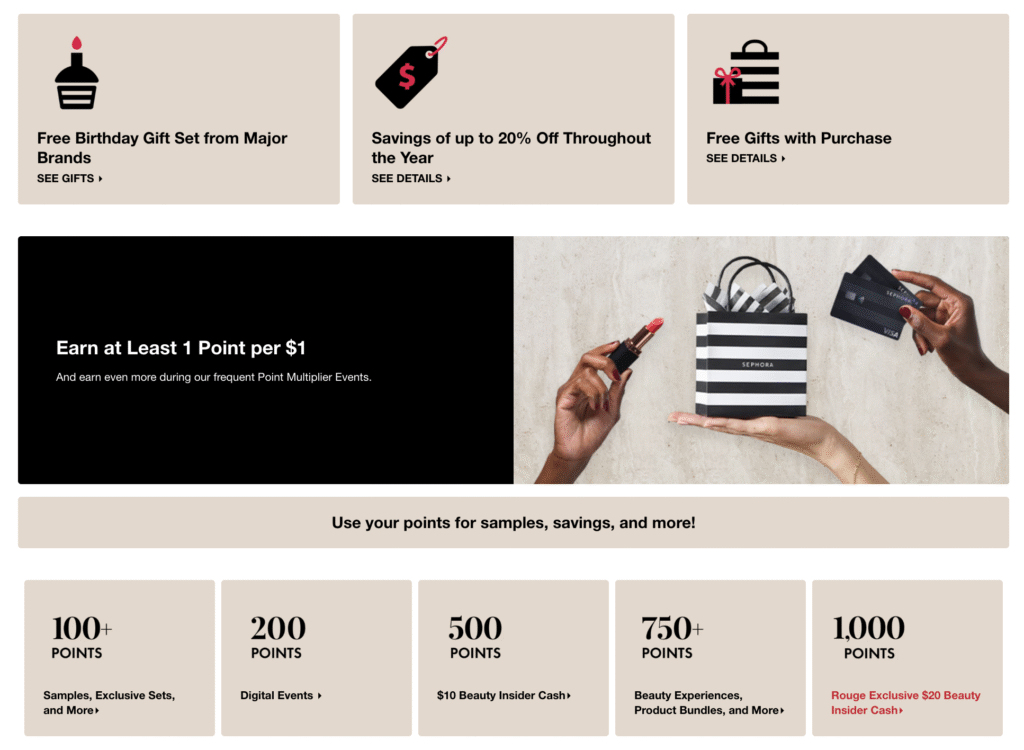
Starbucks
Starbucks Rewards made coffee runs fun. You earn “Stars” with every order, and those stars turn into free drinks or food.
But what really keeps people hooked is the app, which connects your online orders, drive-thru, and in-store visits in one smooth system. It’s easy, fast, and feels rewarding every single time.
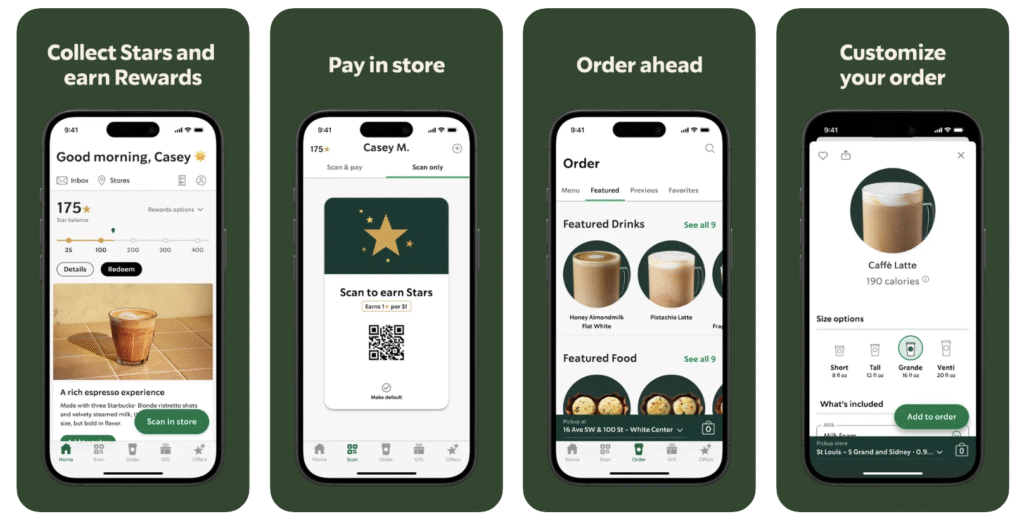
Nike
Nike Membership isn’t just about discounts. Members get early access to new drops, exclusive events, and even personalized workouts.
Everything connects from the app to the store. It feels like being part of a cool club instead of just another loyalty program.
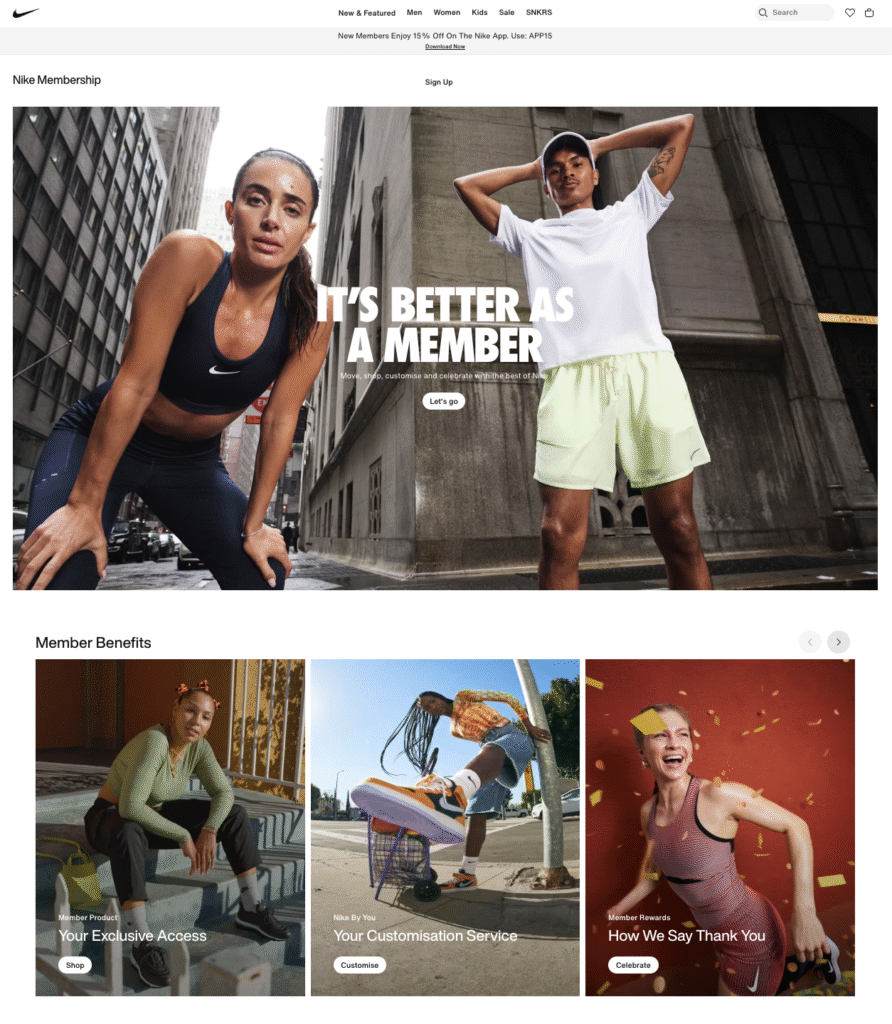
A Case That Missed the Mark
British Airways faced backlash when it overhauled its loyalty program from “The Executive Club” to “The Club“.
The airline shifted to a spend-based system, making it harder for frequent flyers to earn elite status compared to the old distance-based model. Members quickly voiced frustration, saying the changes felt unfair and confusing.
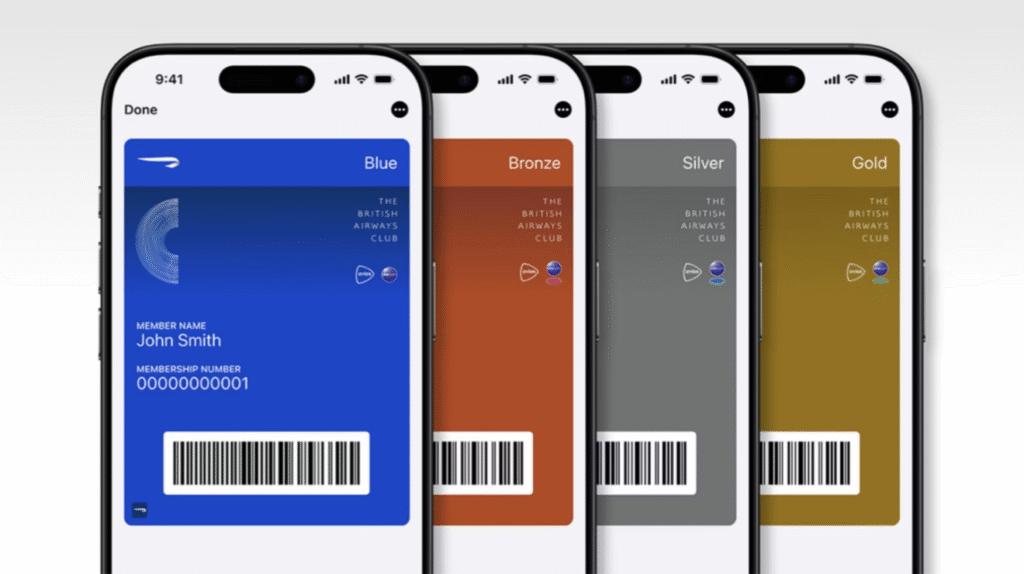
Within weeks, BA reversed part of the update, reintroducing a “sectors travelled” component to let regular flyers still qualify through flight frequency.
This incident shows how even big brands can lose trust fast when loyalty changes don’t reflect how customers actually earn their rewards.
When Does an Omnichannel Loyalty Strategy Work?
Your omnichannel strategy should align with how your customers actually behave, not just follow trends.
Omnichannel loyalty works best when:
- Your customers already shop in different ways: If people browse online, buy in-store, or use your app to check for stocks, you’re already managing omnichannel behavior. A loyalty program just makes it smoother.
- Your customers spend a decent amount: If they only buy once a year and spend under $40, the cost of a full omnichannel system may not pay off.
- Your business can handle the tech: Your POS, website, and app need to talk to each other. If you’re still using outdated registers, you’ve got other fires to put out first.
Skip It If You Have:
- One main channel: Don’t spend thousands building digital layers nobody will use. McKinsey advises retailers to prioritize the channels that actually drive value before investing in others.
- Tight budget and time: Building it right takes money and months of work. Basics come first.
- One-time purchase products: If you sell mattresses or wedding dresses, customers won’t return often. A simple email list or great service may do more for you.
Key Takeaway: Don’t launch omnichannel loyalty just because it’s trendy and youhave serious FOMO. Build it because it matches your customers’ behavior and your business reality.
Best Practices for Building Your Omnichannel Strategy
System and customer data audit
Look at where your data is stored: POS, e-commerce, CRM, or mobile apps, and make sure the information is clean, consistent, and reliable. This helps you understand how your customers actually shop and which channel matters most.
Keep duplicate or incomplete customer records below 5% in your CRM.
This is a best practice backed by Plauti, who found that most businesses are dealing with 10-45% duplicate entries way too high for accurate customer tracking.
Choose the right loyalty platform
Pick a system that connects all your channels, works smoothly with your POS, and has open APIs. It should also offer strong analytics and automated rewards.
Example: Starbucks uses one system that links their app, website, and store purchases so customers can earn and use points anywhere without hassle.
Your platform should sync customer data across all channels with about 99% accuracy a target based on data quality standards from Segment’s Omnichannel Marketing Guide.
Start Small
Don’t try to launch everything at once.
Start with just two channels – maybe your website and physical store. Get those working smoothly first before adding your app or social media.
Example: Sephora Malaysia first connected in-store points with online accounts before rolling out app features.
Track What Matters
From day one, watch these numbers: how many people sign up, how often they use the programme, and whether they’re actually spending more.
If these numbers aren’t going up after 3 months, something’s wrong.
Example: Sephora tracks both online and in-store purchase frequency to spot trends and tweak offers fast.
Aim for a 20–60% enrollment rate within the first three months. This range indicates strong customer interest and engagement with the program.
Keep rewards and incentives consistent
Customers shouldn’t feel confused if rewards are different online and offline.
For example, make sure “1 point = $1” is the same everywhere.
Example: H&M’s “1 point = $1 spent” applies both online and offline, but they give extra points for in-app engagement.
Train your staff
Make sure everyone understands how the loyalty system works across all channels.
Prepare clear scripts for customer service, whether it’s at the counter, on WhatsApp, or through social media. And don’t forget refresher training whenever new features are added
Example: Starbucks trains their staff every three months on loyalty program updates, so customers get the same smooth experience whether they’re using the app or ordering at the counter.
Aim for 90% staff accuracy in explaining or handling loyalty transactions. This benchmark aligns with industry standards for training effectiveness.
Omnichannel Loyalty Program FAQs: What Businesses Ask Most
What is an omnichannel loyalty program in retail?
An omnichannel loyalty program links your store, website, app, and social media into one system. Unlike multichannel programs, where each channel works on its own, omnichannel makes shopping smooth and connected.
For example, a customer might browse products on your app while commuting, add items to their cart, and then buy them in-store, where the cashier can see their cart, preferences, and loyalty points right away.
What are the benefits for my customers?
Customers earn rewards and enjoy perks no matter how they interact with your brand online, in-store, or via your app. This flexibility encourages more frequent visits and higher satisfaction.
Conclusion
Do omnichannel loyalty programs really work?
Yes, but only with the right omnichannel strategy.
Winners aren’t just buying technology. They’re solving real customer problems and building systems that actually connect. Before you start, ask yourself:
Do your customers shop across multiple channels?
Can you afford 6-12 months for results?
Got the tech to support your omnichannel program?
Your competitors are building their omnichannel strategies now. While you’re reading this, they’re creating loyalty programs that will lock in customers for years. The question isn’t whether it works; it’s whether you’ll lead or play catch-up.
Ready to build your omnichannel strategy? Start with SimpleLoyalty today.


